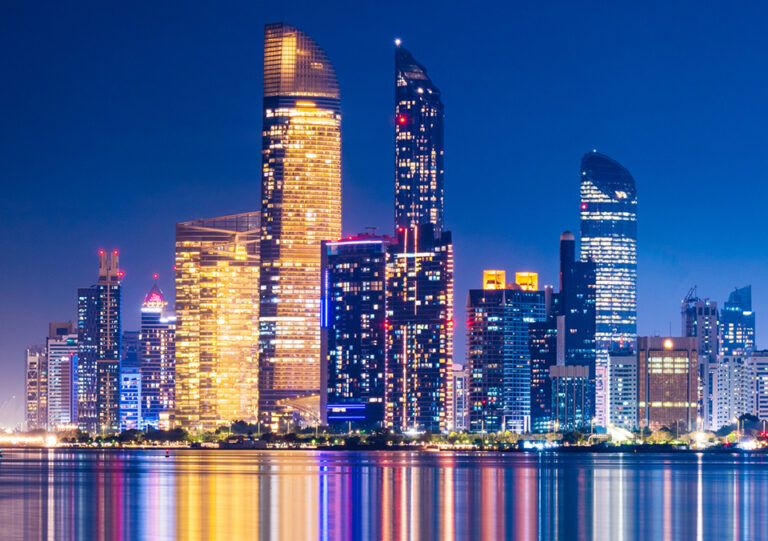In recent years, the Philippines has undergone a significant transformation in its sustainable finance sector, emerging as a key player in the Asia-Pacific region. This shift has been driven by a combination of government policy changes and increased corporate participation, positioning the country as a promising market for sustainable finance initiatives.
Martijn Hoogerwerf, head of ING’s Sustainable Solutions Group for Asia Pacific, recalls the early days when the Philippine sustainable finance market was characterized by much discussion but limited action. ‘In the first three to four years, we monitored the Philippine markets and noted significant interest, though actual issuance remained limited,’ Hoogerwerf notes. It wasn’t until 2024 that the market began to see real growth, spurred by shifts in government policy and enhanced corporate engagement.
A Shift in Government Policy
In 2024, the Philippine government took decisive steps to promote sustainable finance, introducing policies and regulations designed to encourage investment in environmentally friendly projects. These measures have been instrumental in creating a more conducive environment for sustainable finance, fostering greater confidence among investors and corporations alike.
Corporate Engagement on the Rise
The role of corporations in driving sustainable finance cannot be understated. Over the past few years, Philippine companies have increasingly recognized the importance of integrating sustainability into their business models. This shift has been reflected in the growing number of sustainable debt issuances, as corporations seek to align themselves with global sustainability trends and meet the rising demand for green investments.
The Philippines as a Bright Spot
Despite regional challenges, including a 7% decline in sustainable debt issuance across the Asia-Pacific region in 2024 due to concerns over greenwashing and regulatory uncertainties, the Philippines has stood out as a positive example. The country’s proactive approach to sustainable finance has set it apart, offering valuable lessons for other nations in the region looking to bolster their own sustainable finance markets.
Key Factors Driving Growth
Several key factors have contributed to the Philippines’ success in the sustainable finance space:
– Government Support: The Philippine government has played a crucial role in promoting sustainable finance through policy initiatives and regulatory frameworks that encourage green investments.
– Corporate Commitment: Companies in the Philippines have increasingly embraced sustainability, recognizing its importance not only for environmental impact but also for long-term business viability.
– Investor Confidence: The combination of supportive government policies and corporate engagement has helped build investor confidence, attracting both domestic and international investment in sustainable projects.
Looking Ahead
As the Philippines continues to make strides in the sustainable finance sector, it sets an example for other countries in the Asia-Pacific region. By prioritizing sustainability and aligning with global standards, the country is well-positioned to attract further investment and drive continued growth in this critical area.
The momentum generated by the Philippines’ success in sustainable finance is likely to inspire other nations to follow suit, creating a ripple effect that could have far-reaching impacts on the region’s approach to environmental and social governance.
In conclusion, the Philippines’ journey in sustainable finance underscores the importance of a cohesive approach, combining government support, corporate commitment, and investor confidence to create a thriving market that benefits both the economy and the environment.
Note: This article is inspired by content from https://www.euromoney.com/article/7wrduw5xp3c444ooocc0wsg00/philippines-blueprint-for-sustainable-finance-in-apac/. It has been rephrased for originality. Images are credited to the original source.







